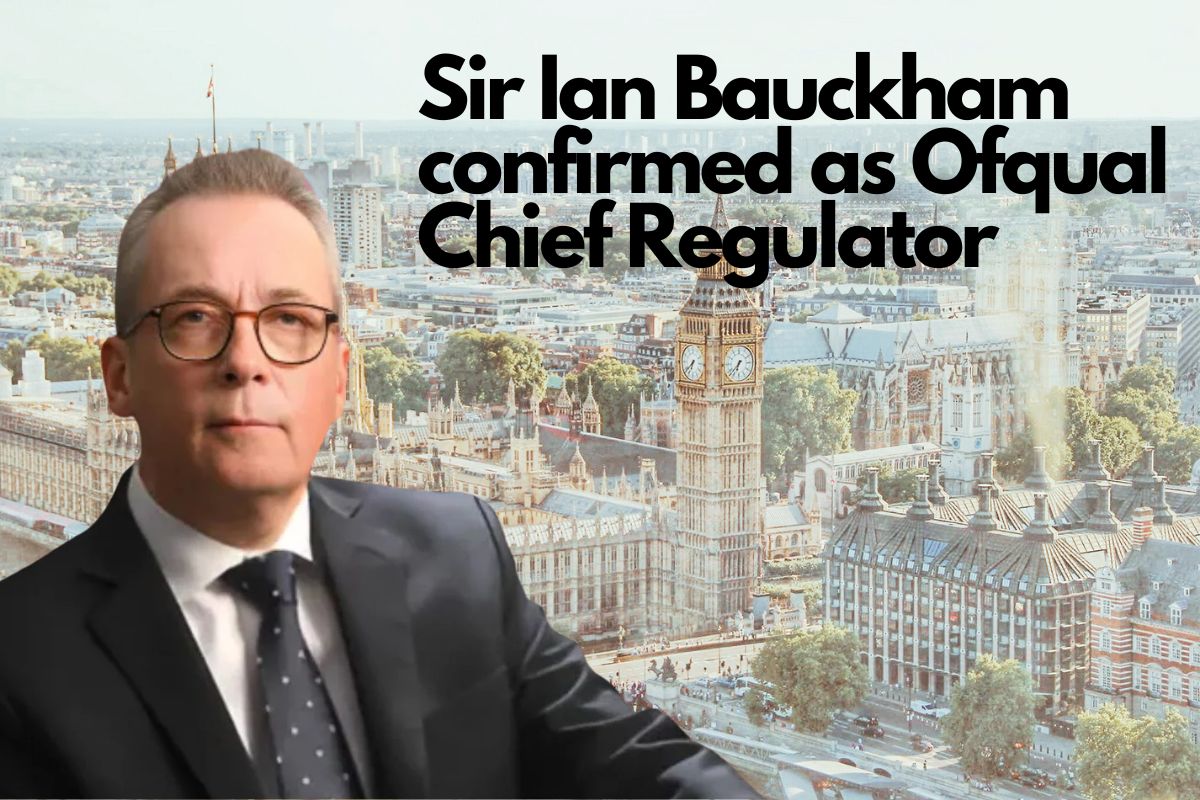Observation lesson preparation tips: advice for teachers on passing the final stage of recruitment

Simon Adams, Regional Director for Teach In, specialists in matching school staffing needs with the best available teachers and teaching assistants using creative recruitment solutions, shares his advice on how to succeed in planning and running an observation lesson, as part of the recruitment process.
Most interviews for teaching jobs include an observation lesson in which the candidate is asked to run a live lesson with a class of students, observed by some or all members of the selection panel. This is what is known as an observation lesson.
For those of you who feel nervous about teaching in an unfamiliar environment, here are some tips on how to triumph in an observation lesson:
Preparing for the lesson
Check with the school, or your recruiter, to ensure you know the key stage and content you are required to teach, as well as the length of time you will be required to teach. Some schools only observe 20 to 30 minutes of teaching whilst others observe a full lesson.
Write out a lesson plan and print out copies for the observers to follow. Make sure you use a lesson plan template and link the lesson content to the relevant sections of the curriculum.
It is crucial to plan ahead regarding the use of ICT and to have a back-up plan, should it fail so you don’t waste time trying to fix it, when you could be showing off your teaching ability.
Getting Started
At the start of the lesson be sure to introduce yourself and write your name and lesson objectives on the board so that learners understand the context of the lesson, and how it fits into the big picture.
What’s your hook? Plan an interesting activity to get the students engaged immediately. Remember classroom management starts when students arrive at the door.
Keep it simple
Don’t try to cram in too much or plan complicated activities that eat into the limited time you have to display your teaching prowess. Ensure you plan to reactivate key learnings from previous lessons, if appropriate. Follow the typical lesson pattern of using starter activity to engage students, a main activity that develops through the lesson and end with a plenary to summarise and reinforce learning.
Classroom management
If possible, find out the behaviour management policy and code of conduct before you start.
Try to involve as many students as possible when moving from one activity to another. Plan how and when you will check for learner understanding and make sure you vary your techniques to show your breath of skills when managing a class.
Keep a close eye on your timings as the observers will want to see you running the lesson on schedule whilst still ensuring students are engaged and progressing with the learning activity.
Be explicit
Interact with the teaching assistant, if you have one, by briefing them before the lesson on what you plan to do, listening and clearly explaining how you would like them to support you in the lesson, maintaining interaction during the lesson.
Use open and closed questioning to suit different students, and be prepared with extension questions. Make sure you have alternative explanations to scaffold learning when required.
Remember, smile, be confident, listen to the students and respect their learning environment.











Responses